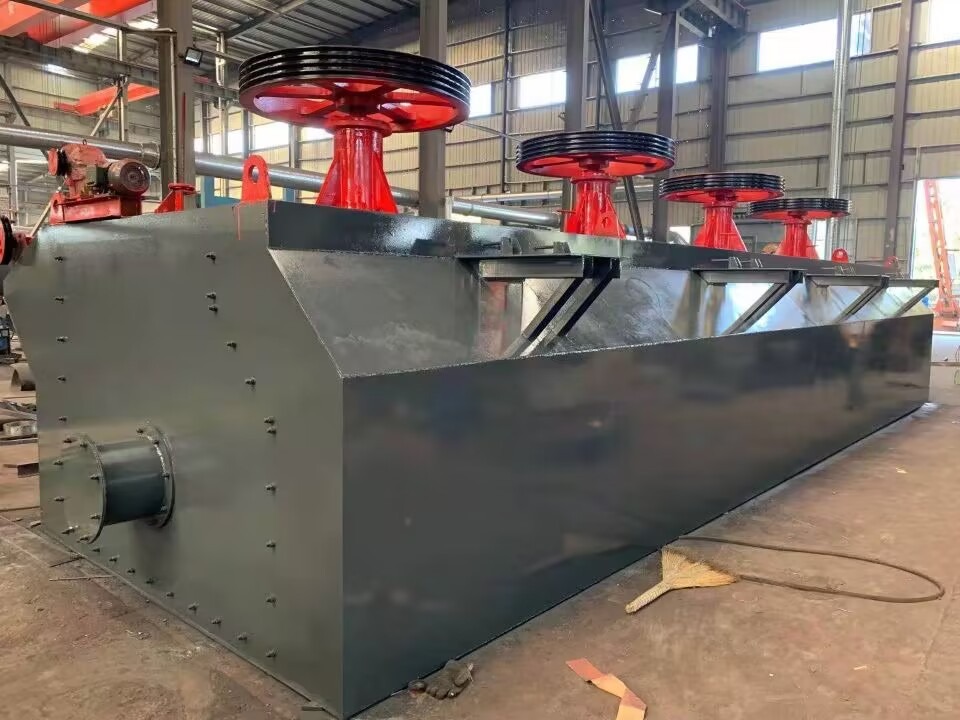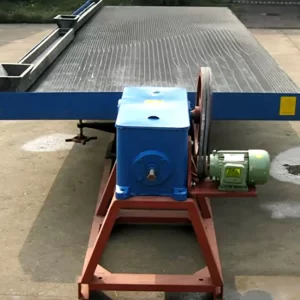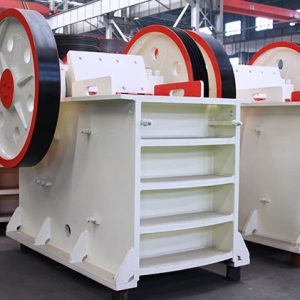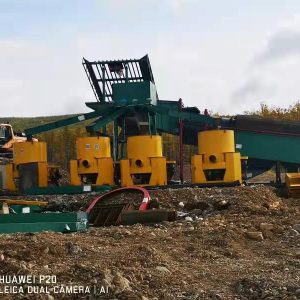Advantages
The flotation machine (also known as the floatation machine or planktonic concentrator) is mainly used in mineral processing plants to separate non-ferrous metals such as copper, zinc, lead, nickel, and gold.
【Type】There are different types of flotation machines available: XJK series agitation impeller flotation machine (rarely used with small capacity), SF flotation machine (larger volume with better flotation effect), and pneumatic flotation machine (high capacity with aeration and agitation).
【Corollary Equipment】In front of the flotation machine, one or two sets of mixing tanks are used for agitating the flotation agents and slurry pulp. Behind it, there is a concentrate pond, thickener, or filter.
【Flotation Cell】The number of flotation cells should be determined based on the ore grade, mineral type, and processing capacity. It is recommended to conduct mineral flotation tests to obtain the best procedure plan including factors like pulp density, time duration, reagent selection etc.
【Flotation Reagent】Foaming agent, collecting agent activating agent inhibitor etc.
【Brands】Wemco Flotation Unit Fahrenwald Denver Callow BGRIMM etc.
【How to select mining flotation machine】
1. Choose an appropriate type of flotation machine based on the nature of the ore (washability feed particle size density grade pH level) and scale of the flotation plant.
2. The concentration operation aims at improving ore concentrate grade by separating gangue through a thin layer of foam during froth floatation. Therefore using a large volume aeration in a floatation machine is not suitable. There are differences between froth floatation machines used for concentration roughing and scavenging.
3. GUOGAO’s engineering team is here to assist you in selecting mining floatation machines price inquiries and flowsheet designs
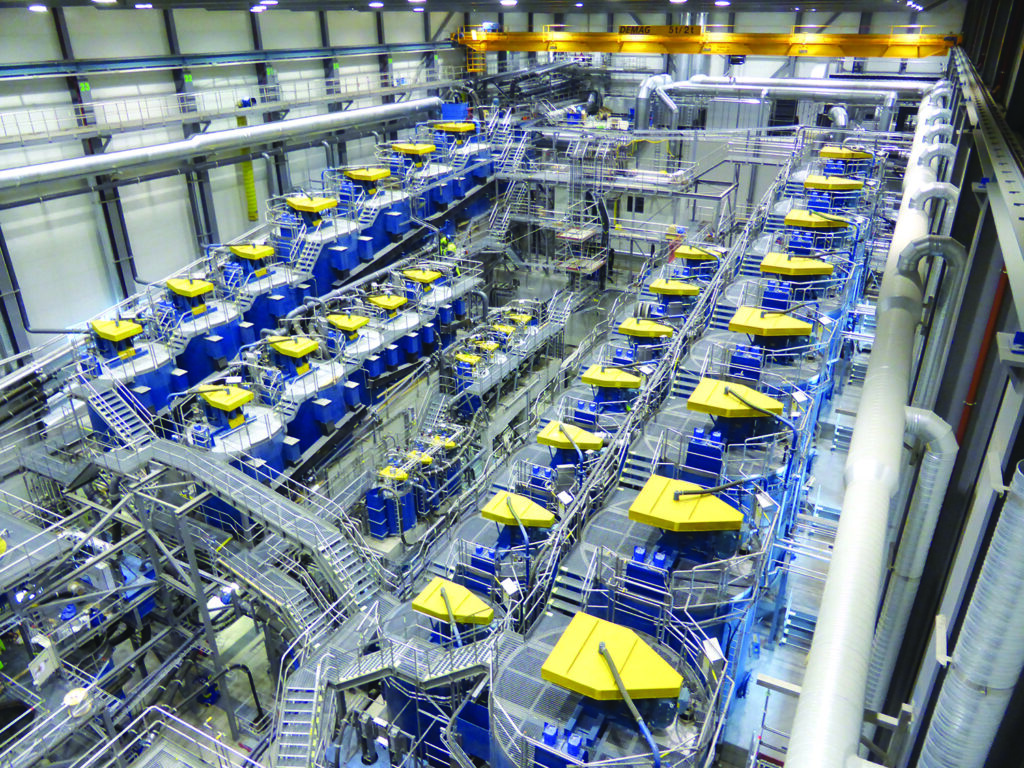

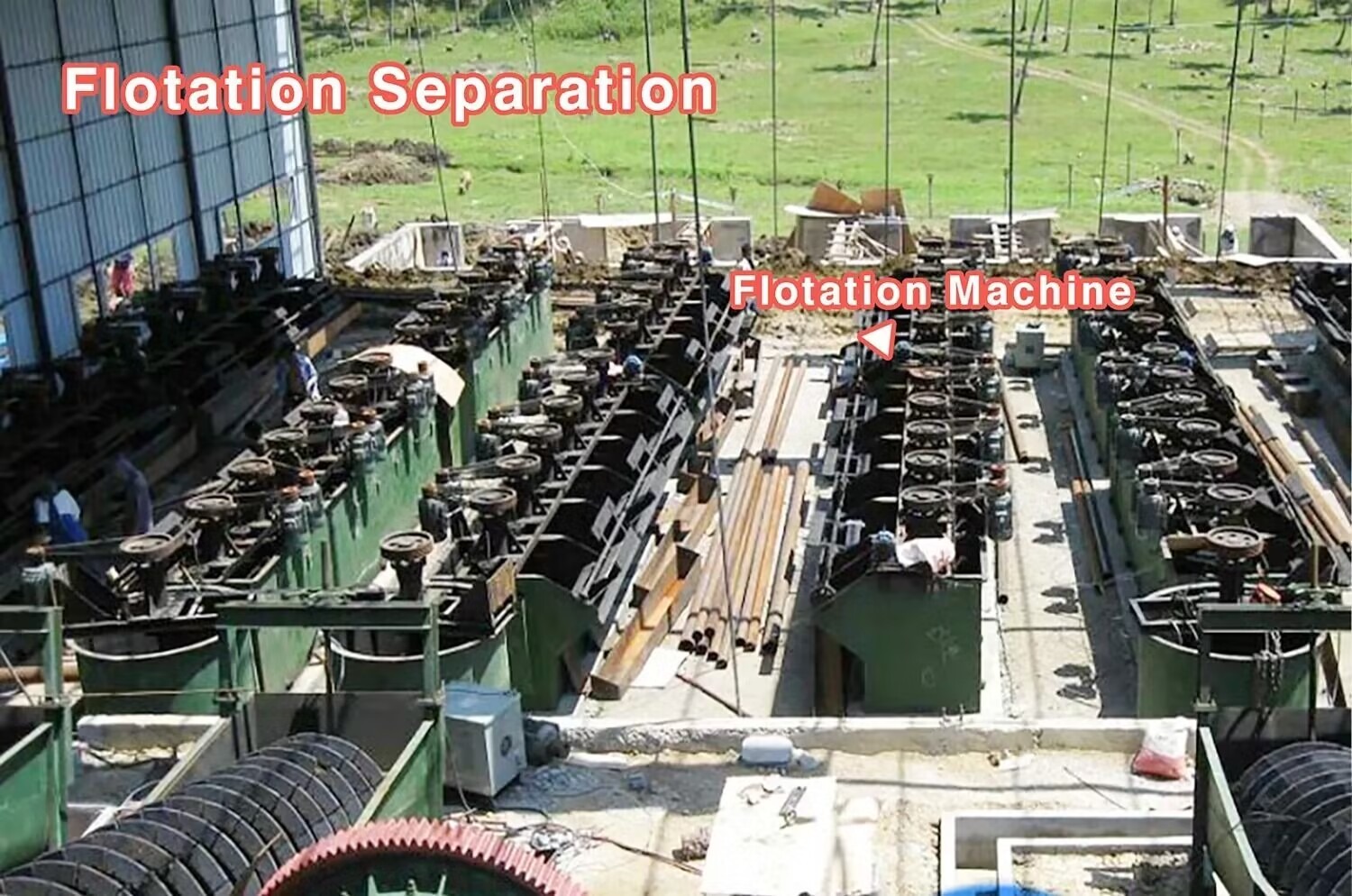
Features
It can be used in combination with the JJF flotation cell as a suction tank for all operations.
Mechanical agitation with self-air inflation and self-priming of pulp.
Upper and lower recirculation along a well-defined path, minimizing sanding of coarse particles, making it advantageous for coarse ore flotation.
The gap between the impeller and cover plate is large, allowing for a significant amount of air inflation. This results in less energy consumption.
The impeller is equipped with backward double-sided blades, enabling a double loop movement of slurry within the tank.
Lower rotor speed to prolong wear life.
Forward-leaning tank design with minimal blind angle. The foam moves quickly. Beveled tank design ensures stable operation and proven metallurgical performance.
The structure of the SF flotation cell is mainly composed of the tank, impeller, motor, scraper and transmission device, etc.
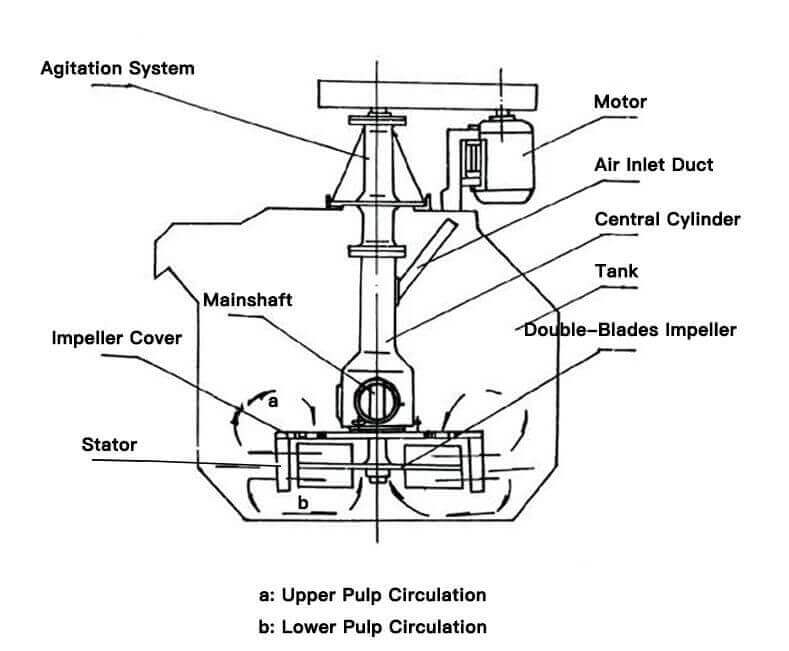
Working Principle
When the rotor is rotating, an internal vacuum is created both in the upper and lower blade zone. Ambient air is drawn through an air intake pipe and standpipe by the action of the upper blade, the bubbles are then micronized and make the minerals easier to stick on the bubbles. Mineral particles are collected by air bubbles forming aggregates in the contact zone, and Mineralized Bubbles aggregates rise by buoyancy towards the froth zone. The pulp from the upper tank zone is recirculated by the upper blade, while the lower blade is designed to recirculate slurry from the bottom of the tank to minimize the sanding of coarse particles.
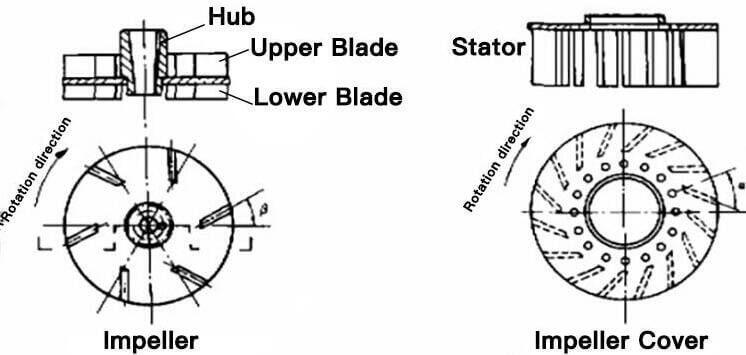
Technical Parameters
| Model | Volume | Cell size | Impeller Dia. | Impeller speed | Capacity | Power | Singe cell weight |
| m3 | mm | mm | r/min | m3/min | kw | kg | |
| XJK-3A | 0.35 | 700×700×700 | 300 | 483 | 0.18-0.4 | 2.2/0.55 | 430 |
| XJK-4A | 0.62 | 820×900×850 | 350 | 400 | 0.3-0.9 | 3/1.1 | 755 |
| XJK-5A | 1.1 | 1100×1100×1000 | 500 | 330 | 0.6-1.6 | 5.5/1.1 | 1416 |
| XJK-6A | 2.8 | 1750×1600×1100 | 600 | 280 | 1.5-3.5 | 11/1.1 | 2113 |
| XJK-7A | 5.8 | 2200×2200×1200 | 750 | 240 | 3–7 | 22/1.5 | 3400 |
| SF-0.37 | 0.37 | 700×700×750 | 296 | 386 | 0.2-0.4 | 1.5/0.55 | 468 |
| SF-0.7 | 0.7 | 820×900×950 | 350 | 400 | 0.3-0.9 | 3/1.1 | 805 |
| SF-1.2 | 1.2 | 1100×1100×1100 | 450 | 312 | 0.6-1.2 | 5.5/1.1 | 1373 |
| SF-2.8 | 2.8 | 1700×1600×1150 | 550 | 268 | 1.5-3.5 | 11/1.5 | 2138 |
| SF-4 | 4 | 1850×2050×1200 | 650 | 220 | 2–4 | 15/1.5 | 2582 |
| SF-8 | 8 | 2200×2900×1400 | 760 | 191 | 4–8 | 30/1.5 | 4129 |
| SF-10 | 10 | 2200×2900×1700 | 760 | 191 | 5–10 | 30/1.5 | 4486 |
| SF-16 | 16 | 2850×3800×1700 | 760 | 191 | 5–16 | 30×2/1.5 | 8320 |
| SF-20 | 20 | 2850×3800×2000 | 760 | 191 | 5–20 | 30×2/1.5 | 9828 |

